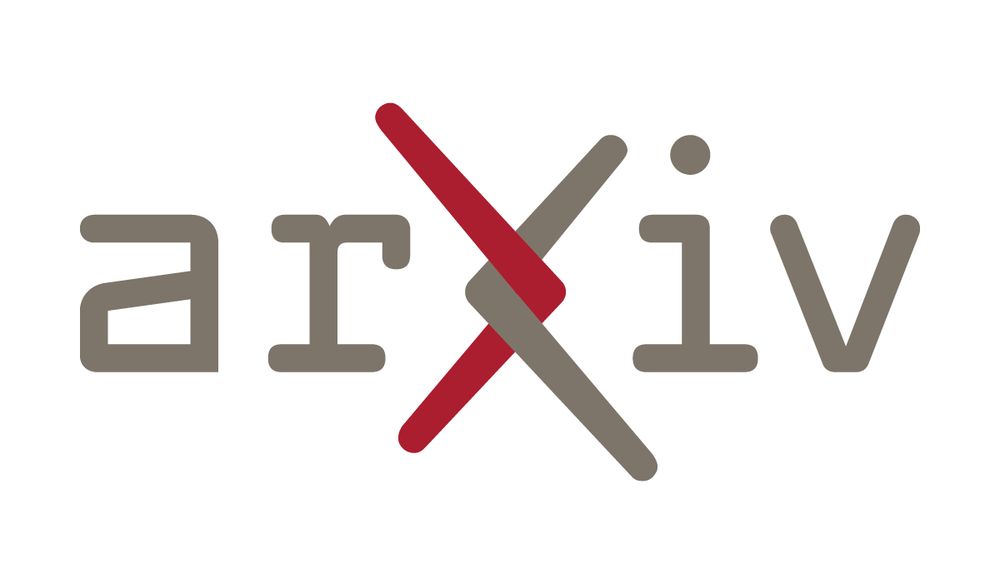It spins *so fast* that it's rugby ball shaped, and coming apart. New observations show that it would look like this:
arxiv.org/abs/2506.15027

It spins *so fast* that it's rugby ball shaped, and coming apart. New observations show that it would look like this:
arxiv.org/abs/2506.15027

Credit: ESA/Hubble & NASA. 🔭 🧪

Credit: ESA/Hubble & NASA. 🔭 🧪
www.smithsonianmag.com/science-natu... #astronomy

www.smithsonianmag.com/science-natu... #astronomy
scitechdaily.com/nasa-just-fo...

scitechdaily.com/nasa-just-fo...
📷 www.eso.org/public/news/...
🗺️ doi.org/10.1088/0004... 🧪🔭


📷 www.eso.org/public/news/...
🗺️ doi.org/10.1088/0004... 🧪🔭
Today, we release the first images from our Proba-3 mission, which flies two spacecraft in precise formation to create artificial solar eclipses in orbit.
Learn more ➡️ www.esa.int/Enabling_Sup...

Today, we release the first images from our Proba-3 mission, which flies two spacecraft in precise formation to create artificial solar eclipses in orbit.
Learn more ➡️ www.esa.int/Enabling_Sup...

Discovered this gem while making live-stream-tech-failure-back-up slides for the big 23rd June First Look reveal! 🤓
Watch parties are taking place across the globe. If you're in #Edinburgh, join us at Dynamic Earth.🔭🧪
ℹ️: rubinobservatory.org/news/rubin-f...

Discovered this gem while making live-stream-tech-failure-back-up slides for the big 23rd June First Look reveal! 🤓
Watch parties are taking place across the globe. If you're in #Edinburgh, join us at Dynamic Earth.🔭🧪
ℹ️: rubinobservatory.org/news/rubin-f...
🧪🔭
#CosmicWeb
#FRBs
#Astrophysics
Paper
www.nature.com/articles/s41...
Alternate link
www.space.com/astronomy/sc...

🧪🔭
#CosmicWeb
#FRBs
#Astrophysics
Paper
www.nature.com/articles/s41...
Alternate link
www.space.com/astronomy/sc...
🧪🔭
#JWST
#CosmicSurvey
#AstroData
Interactive viewer:
cosmos2025.iap.fr/fitsmap.html
Data archive
mast.stsci.edu/portal/Mashu...

🧪🔭
#JWST
#CosmicSurvey
#AstroData
Interactive viewer:
cosmos2025.iap.fr/fitsmap.html
Data archive
mast.stsci.edu/portal/Mashu...




R Doradus is a huge star. Each of these bubbles is 50-75 times the diameter of our entire Sun! 🧪🔭
www.almaobservatory.org/en/press-rel...
R Doradus is a huge star. Each of these bubbles is 50-75 times the diameter of our entire Sun! 🧪🔭
www.almaobservatory.org/en/press-rel...
skyserver.sdss.org/dr17/VisualT...
portal.nersc.gov/project/cosm...
esahubble.org/images/archi...
atlas.obs-hp.fr/hyperleda/le...
sga.legacysurvey.org?galaxy__matc...





Lots of folks from the Aussie radio astro community involved in these📡🔭
I can't wait to read these papers! 🙌

Lots of folks from the Aussie radio astro community involved in these📡🔭
I can't wait to read these papers! 🙌
jwuphysics.github.io/blog/2025/05...
🌌🔭🧪 #astrosci
jwuphysics.github.io/blog/2025/05...
🌌🔭🧪 #astrosci
recruiting2.ultipro.com/SPA1004AURA/...

recruiting2.ultipro.com/SPA1004AURA/...
www.nasa.gov/centers-and-...

www.nasa.gov/centers-and-...
NASA is delaying the next competition for an astrophysics mission by a year, the latest sign of the fiscal pressures from an upcoming budget proposal.

NASA is delaying the next competition for an astrophysics mission by a year, the latest sign of the fiscal pressures from an upcoming budget proposal.
arxiv.org/abs/2504.13262
So you measured a stars' rotation period using a TESS light curve, how good is it? That's the question we wanted to answer with this paper.
🔭🧪⭐🌌 #exoplanets

arxiv.org/abs/2504.13262
So you measured a stars' rotation period using a TESS light curve, how good is it? That's the question we wanted to answer with this paper.
🔭🧪⭐🌌 #exoplanets

We're welcoming applications for the 2025 Caroline Herschel Prize Lectureship. 🔭🎓
The Lectureship was established to celebrate Caroline's memory by supporting promising women astronomers early in their careers. 👩🔬
To apply, visit herschelsociety.org.uk/caroline-her...

We're welcoming applications for the 2025 Caroline Herschel Prize Lectureship. 🔭🎓
The Lectureship was established to celebrate Caroline's memory by supporting promising women astronomers early in their careers. 👩🔬
To apply, visit herschelsociety.org.uk/caroline-her...


